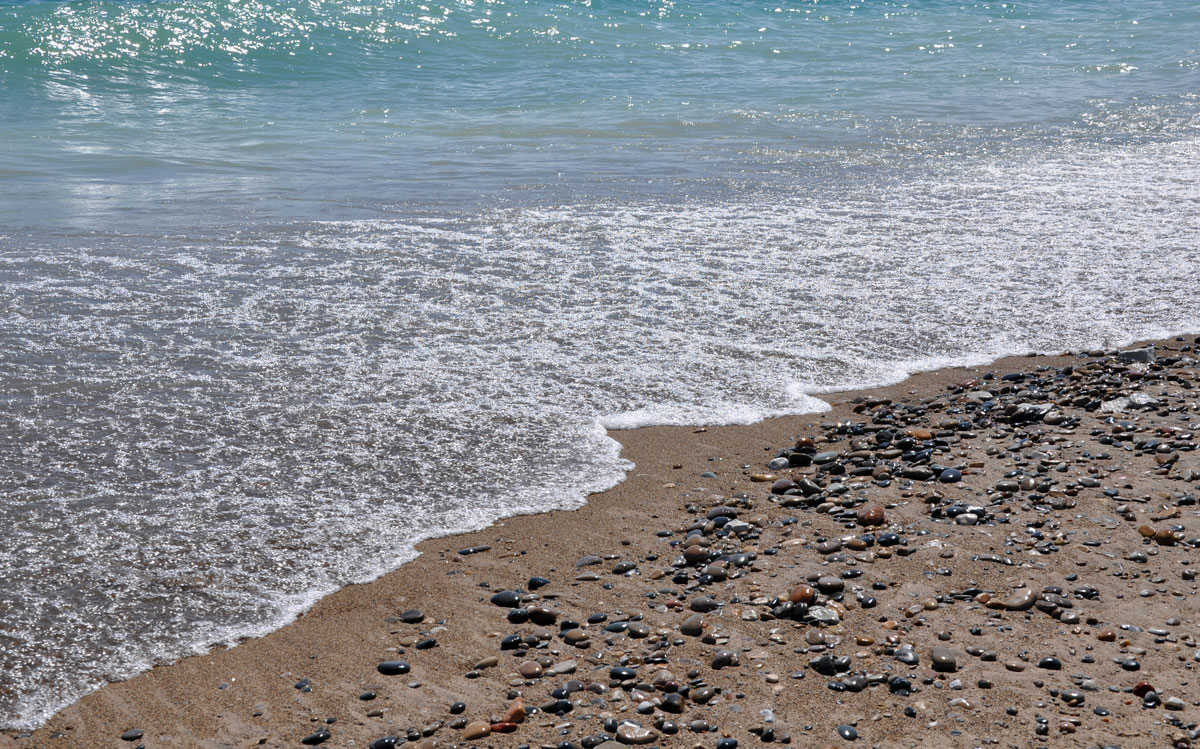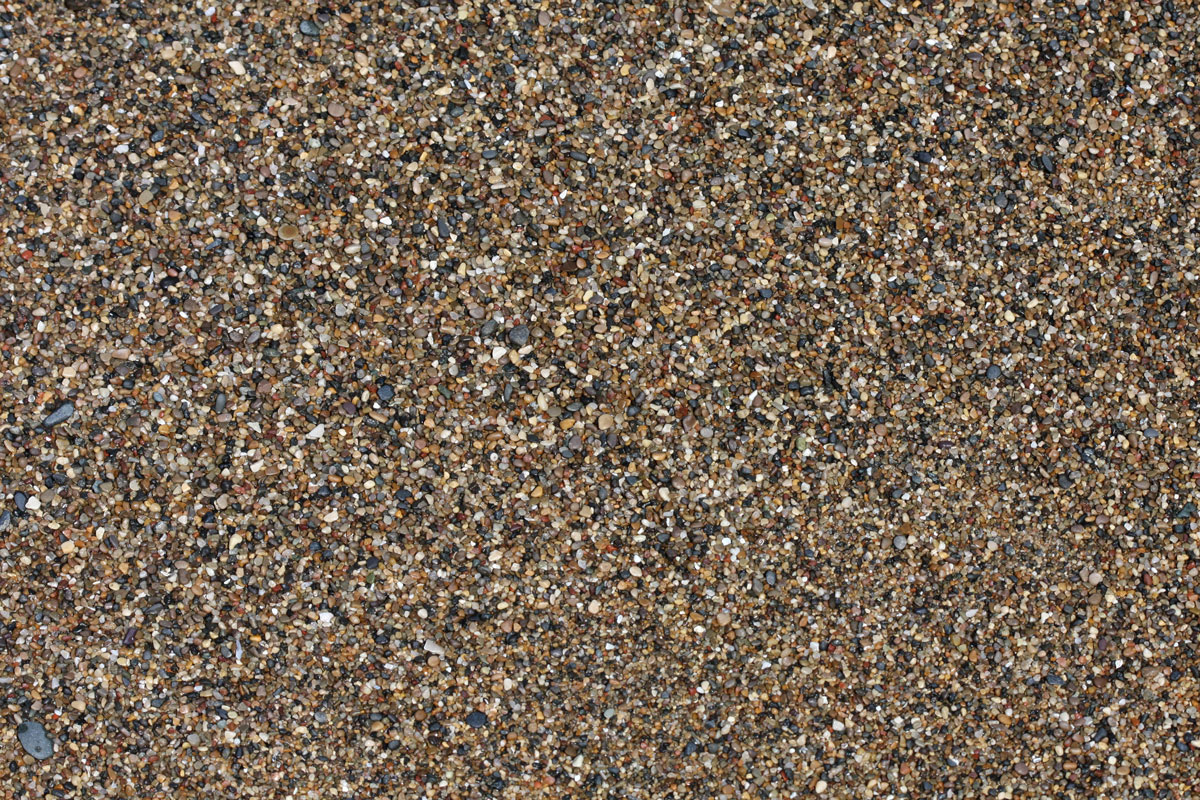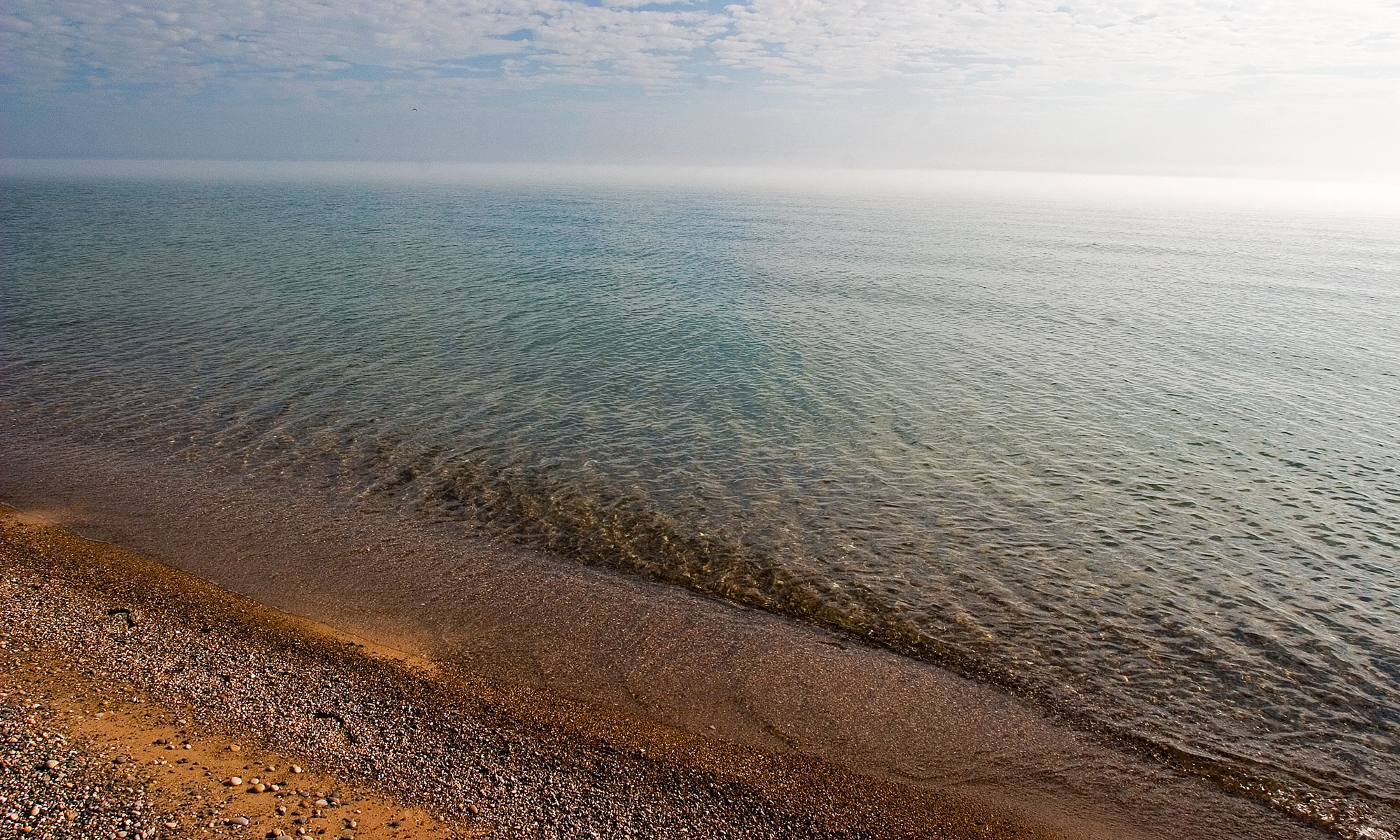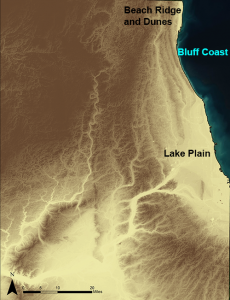 Over thousands of years, waves and currents have carried sand from the southern Wisconsin Lake Michigan shoreline, grain by grain to the shore of Illinois Beach State Park. The sand ridges that make up much of the park were formed as beach deposits during the Nipissing phase and successive lower stages, of Lake Algonquin. Unlike Glacial Lake Chicago, Lake Algonquin wasn’t a glacial lake because the glacier no longer occupied the area of Lake Michigan.
Over thousands of years, waves and currents have carried sand from the southern Wisconsin Lake Michigan shoreline, grain by grain to the shore of Illinois Beach State Park. The sand ridges that make up much of the park were formed as beach deposits during the Nipissing phase and successive lower stages, of Lake Algonquin. Unlike Glacial Lake Chicago, Lake Algonquin wasn’t a glacial lake because the glacier no longer occupied the area of Lake Michigan.
Progressively during the last several thousand years, as the lake level lowered to current levels the beach ridges were a ready source of sand for wind to shape the tops of the ridges into dunes. Atop the ridges are dunes, created by sand-binding plants and wind. Wetlands formed in the swales that exist between the dune-capped beach ridges, providing niches for rare plant species.
Plants form dunes
When sand is blown across the beach, it often catches in a plant’s stems and leaves. Eventually enough sand builds up to form a small mound, the beginning of a dune.
The best dune-forming plants live for multiple years and have extensive root systems capable of stabilizing large areas of sand. Marram Grass, Sand Reed Grass, Sand Cherry, and Sand-dune Willow are good dune-forming plants. Other plants like Bearberry grow on established dunes and help further stabilize them. Fully stabilized dunes are home to a wide variety of other plants.
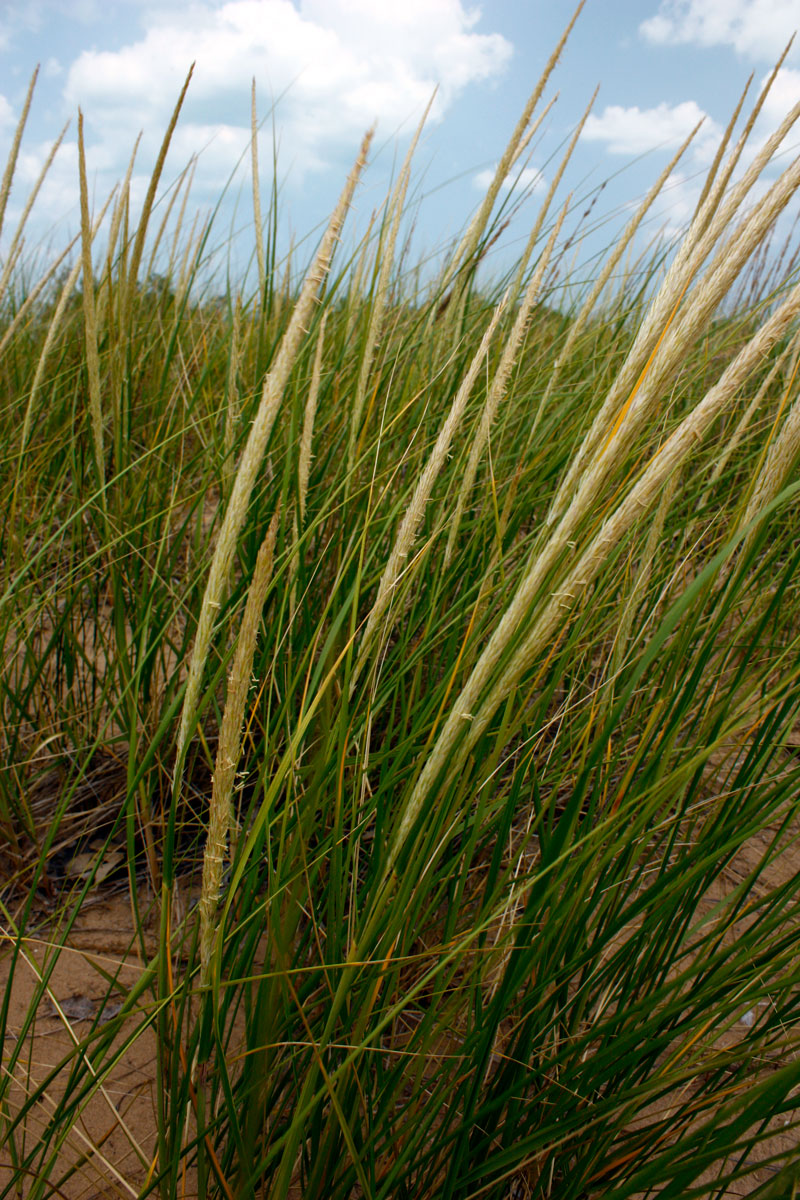
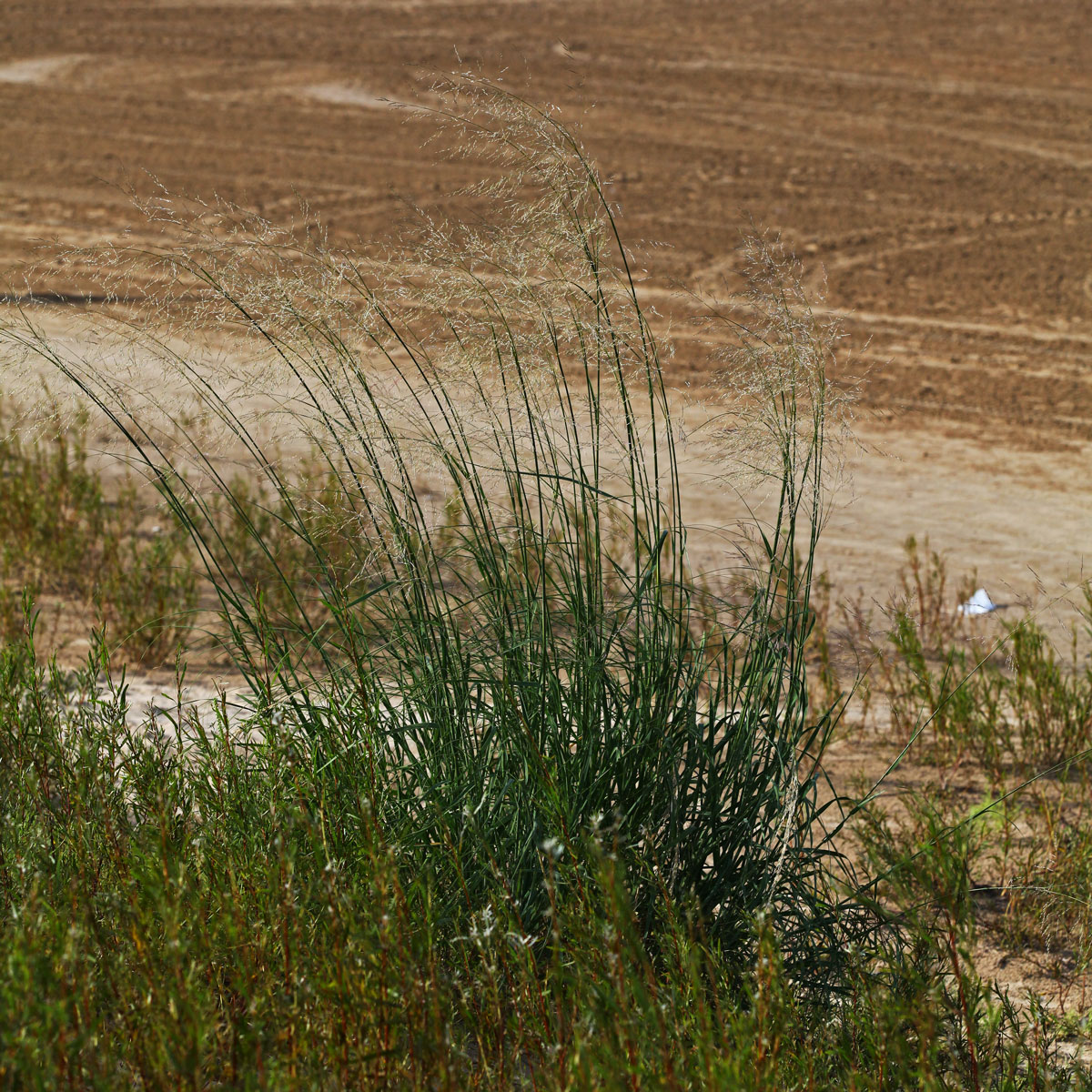
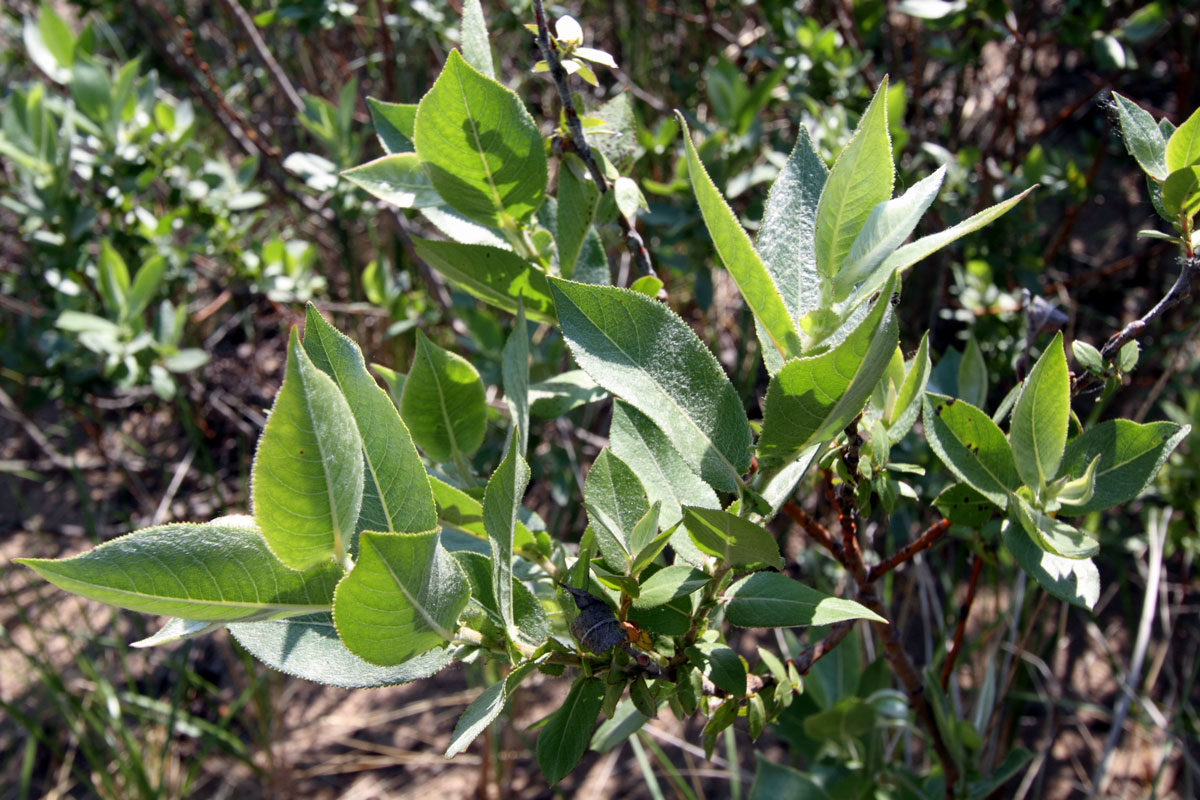
Unique sand
Not all sand is the same. Along the water’s edge, look for coarse beach sand that includes small pebbles. On the dunes, you’ll see fine-grained sand that was worn smooth during its wind-swept trip across the beach.
